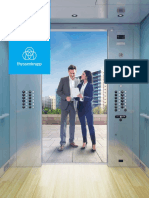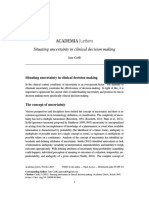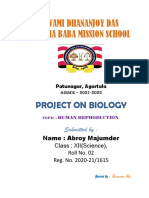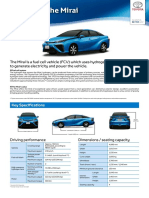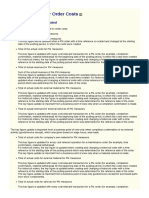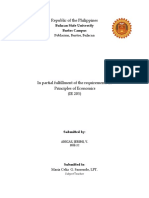0% found this document useful (0 votes)
4 views22 pagesMoocs Ritesh
The document provides a comprehensive overview of supervised machine learning, detailing its principles, types (regression and classification), and practical implementations. It covers data preparation, model training, evaluation, and deployment, along with case studies demonstrating real-world applications. Key algorithms, techniques for handling overfitting, and model deployment strategies are also discussed.
Uploaded by
shouyou736Copyright
© © All Rights Reserved
We take content rights seriously. If you suspect this is your content, claim it here.
Available Formats
Download as PDF, TXT or read online on Scribd
0% found this document useful (0 votes)
4 views22 pagesMoocs Ritesh
The document provides a comprehensive overview of supervised machine learning, detailing its principles, types (regression and classification), and practical implementations. It covers data preparation, model training, evaluation, and deployment, along with case studies demonstrating real-world applications. Key algorithms, techniques for handling overfitting, and model deployment strategies are also discussed.
Uploaded by
shouyou736Copyright
© © All Rights Reserved
We take content rights seriously. If you suspect this is your content, claim it here.
Available Formats
Download as PDF, TXT or read online on Scribd
/ 22



























































